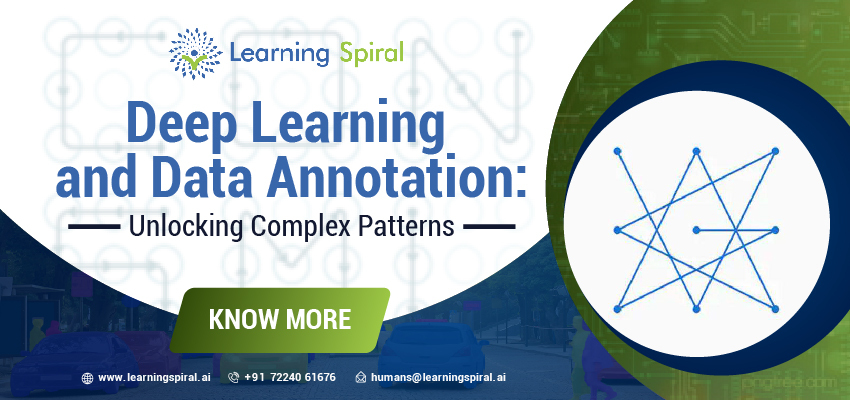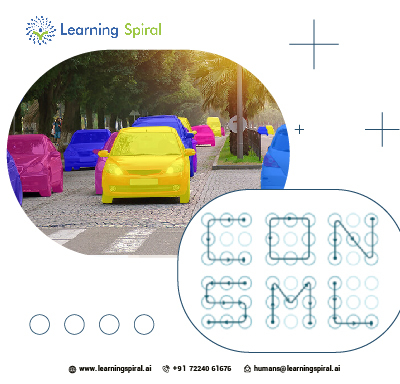
Deep learning, a subfield of artificial intelligence (AI), has revolutionized numerous industries by enabling machines to learn and perform tasks traditionally requiring human intelligence. From self-driving cars to medical diagnosis, deep learning models are constantly evolving, pushing the boundaries of what’s possible.
However, their success hinges on a crucial process: data annotation.
Imagine a child learning the alphabet. We wouldn’t expect them to grasp the concept simply by staring at a pile of random letters. We provide labeled examples like “A is for apple,” “B is for ball” and more to guide their understanding. Similarly, data annotation serves the same critical function for deep learning models.

Understanding data annotation
Data annotation refers to the process of adding labels or tags to specific elements within a dataset. These labels provide context and meaning to raw information, allowing deep learning models to identify patterns and relationships.
The type of annotation varies based on the data format.
For images, this might involve drawing bounding boxes around objects or assigning labels like “cat” or “car.”
In text data, it could involve sentiment analysis, assigning labels of “positive,” “negative,” or “neutral” to different phrases.
Similarly, audio data can be annotated for different sounds, and video data can be labeled for specific actions or events.
Why is data annotation critical for deep learning?
Deep learning models are essentially pattern-recognition machines. They learn by analyzing vast amounts of labeled data, identifying underlying patterns and relationships. This allows them to make predictions or classifications on new, unseen data.
Without proper annotations, however, the models wouldn’t be able to understand the meaning of the data they’re processing.
The quality of data annotation directly impacts the performance of deep learning models. High-quality annotated data, with accurate and consistent labels, leads to:
- Improved accuracy: Models trained on well-annotated data can make more accurate predictions and classifications.
- Reduced bias: Annotations free from human biases ensure models are trained on unbiased data, leading to fairer and more ethical outcomes.
- Enhanced generalizability: Models can learn from labeled examples and apply their knowledge to unseen data, leading to better performance in real-world scenarios.
Challenges and advancements in data annotation:
Data annotation can be a time-consuming and expensive process, especially for large datasets. This has driven the development of various advancements, including:
- Automated annotation tools: These tools leverage machine learning algorithms to automate some aspects of the annotation process, reducing manual effort.
- Crowd-sourcing platforms: These platforms allow tasks to be distributed across a large pool of online workers, making the process faster and more efficient.
- Active learning: This technique focuses on annotating the most informative data points first, which optimizes the learning process for deep learning models.
Conclusion
As deep learning continues to evolve, so too will data annotation techniques. Advancements in automation, AI-assisted tools, and collaborative platforms will play a crucial role in making the process more efficient and cost-effective.
By unlocking complex patterns in data, the synergy between deep learning and data annotation will continue to pave the way for groundbreaking advancements in various fields.

